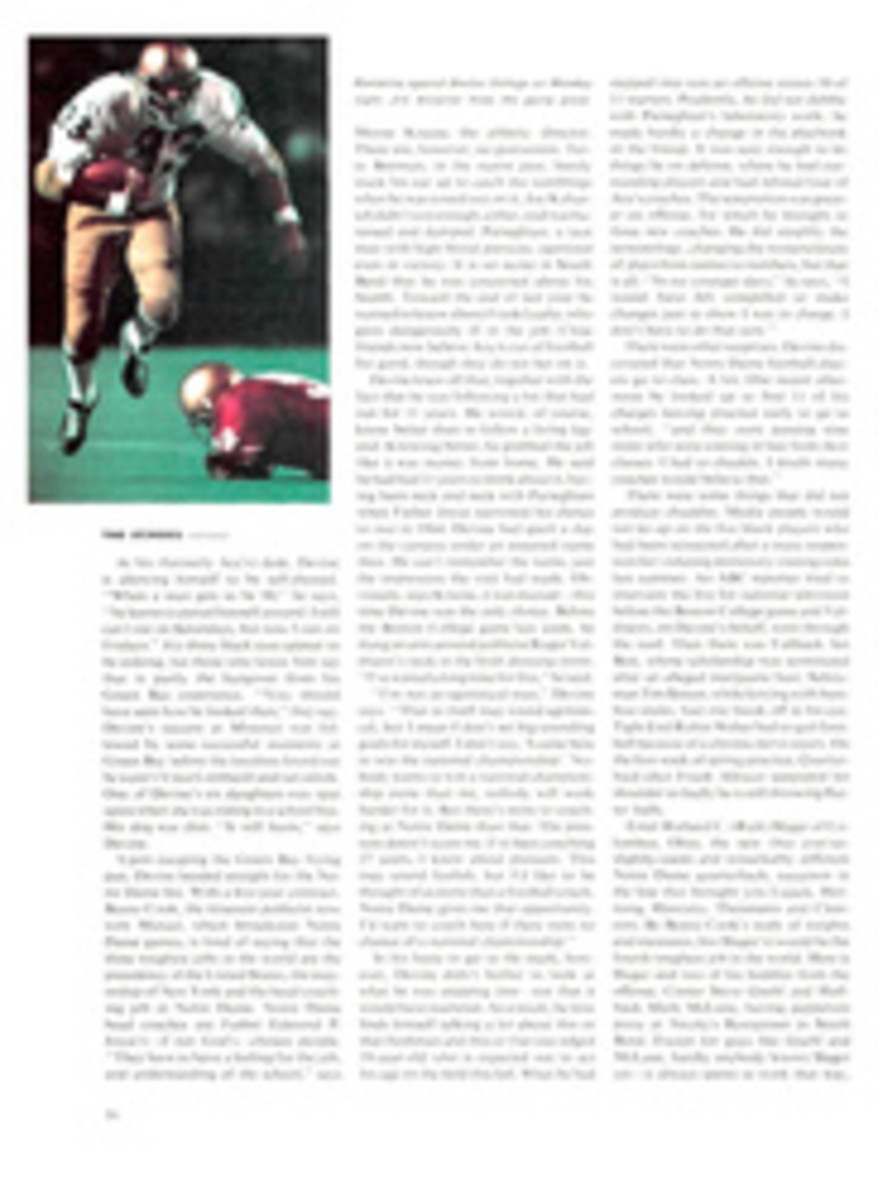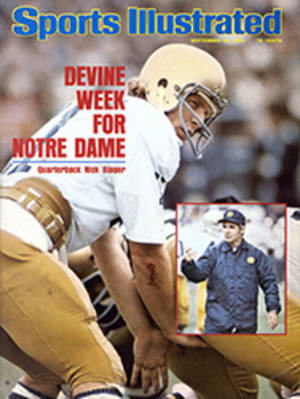
A MAN WHO OWNS DOZENS OF WORKS BY STUBBS DISSECTS THE ARTIST'S SKILL
The Anatomical Works of George Stubbs, by Terence Doherty (David R. Godine, $85), should interest and instruct the athlete and sportsman. It is also a book to delight and inspire the representational artist; not only the sporting artist (and how few good ones there are!), but also the human portraitist and landscape painter.
George Stubbs (1724-1806) produced a large and outstandingly beautiful body of drawings and paintings of horses, dogs, farm animals, wild animals and birds, but his work as a draftsman of anatomy is much less well known. This book brings together for the first time his anatomical studies. Early in his career Stubbs became an etcher and illustrator, drawing and etching as he dissected human and animal cadavers. Throughout his life he pursued these recordings with amazing energy and great physical endurance. Carcasses of horses, fowl and even recently dead zoo animals hung in his studio. To quote Doherty, "It was said he could carry a horse on his back up a flight of stairs."
Although my own admiration for Stubbs depends more on his serene compositions and his natural tones, I am sure without his work in the field of scientific illustration his major paintings would lack their force of character and emotional impact.
In Doherty's compact volume the immense value to Stubbs of his anatomy studies is evident. We can perhaps also understand why the background landscapes of his finished paintings are in themselves equal in quality to those of the great landscapists of the 18th and 19th centuries in England—Gainsborough, Wilson, Crome and Constable. The sense of structure and form he achieved in fleshing out the bones and sinews of men and animals somehow overflowed into his representations of the English landscape, its trees, its fields, its hills, its wild flowers and even its lowly weeds.
Although the ideal presentation of the drawings and prints would have been in facsimile, this would have been a costly and unwieldy undertaking. And even though the glossy paper used in the book does not lend itself to the best esthetic appreciation of the illustrations and the plates themselves fail to duplicate the delicate rendering of the original drawings, we must be thankful for whatever approximation to the originals has been achieved. And thankful also that at last there is a complete and scholarly recording of these unique works of art.

